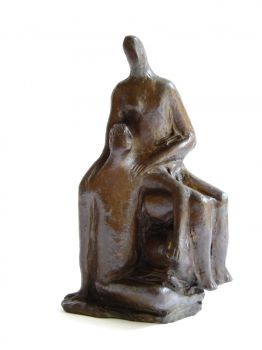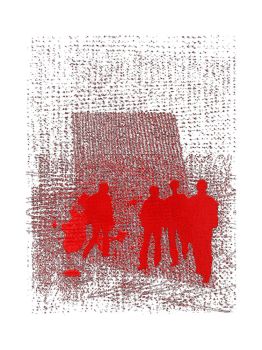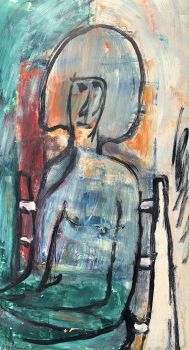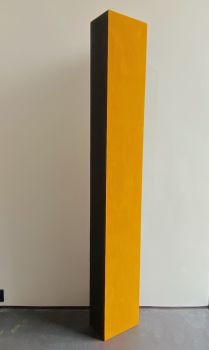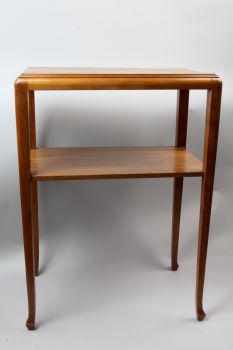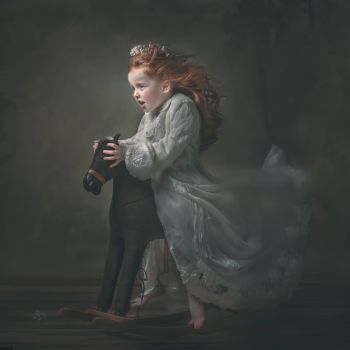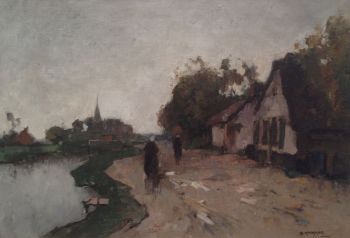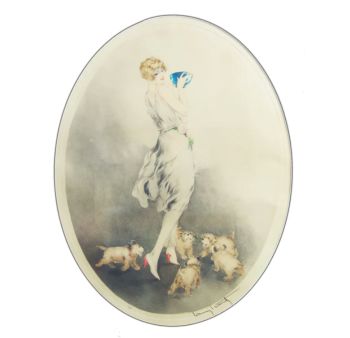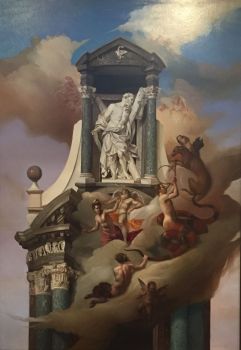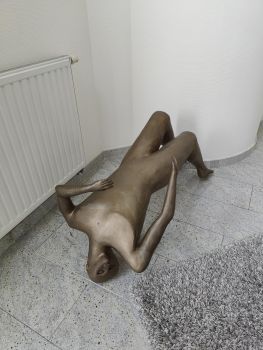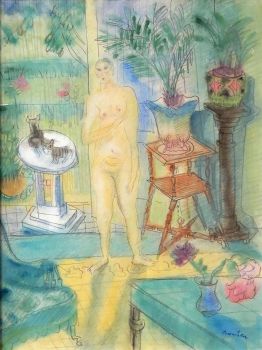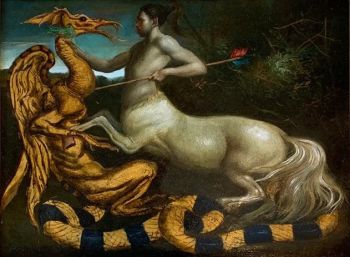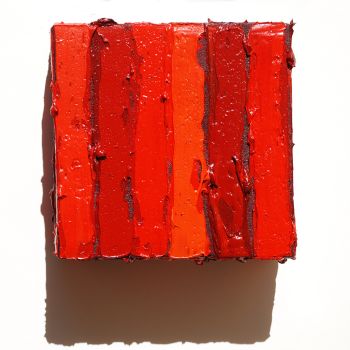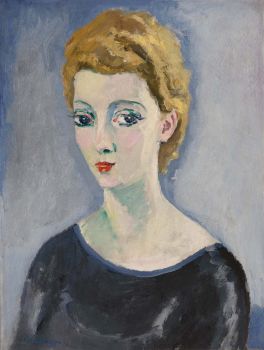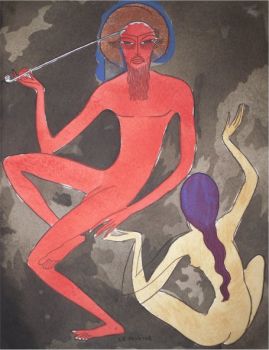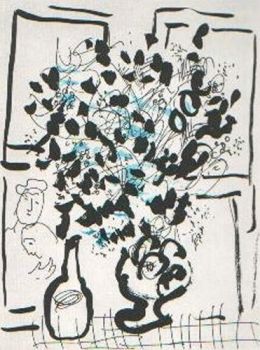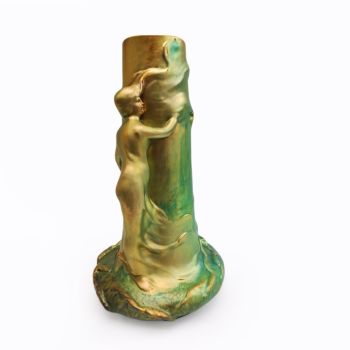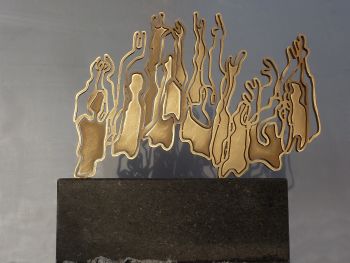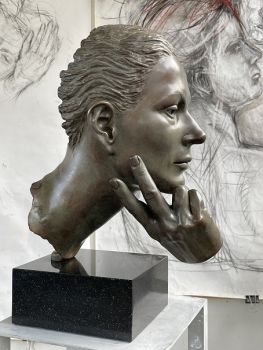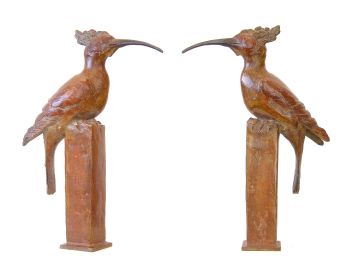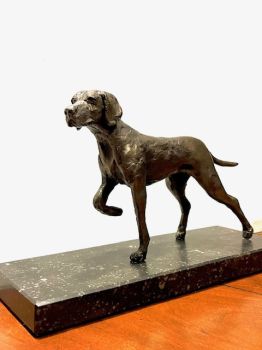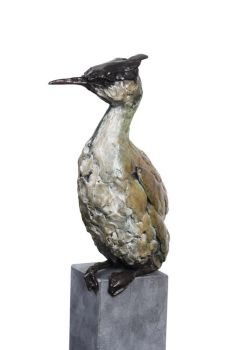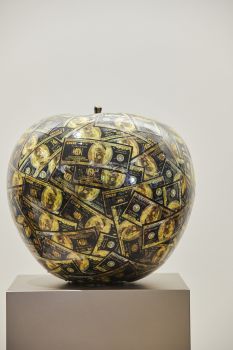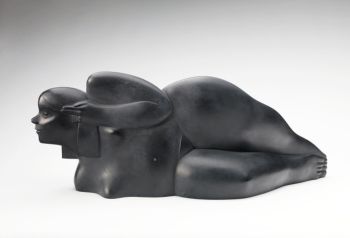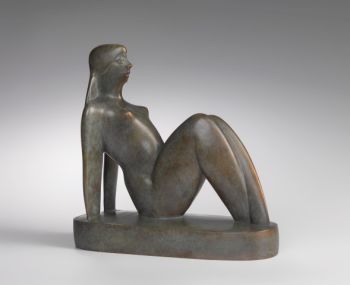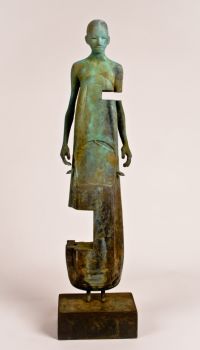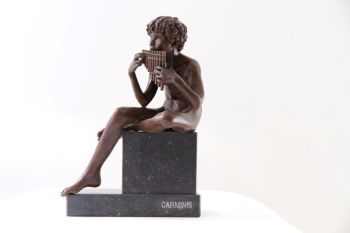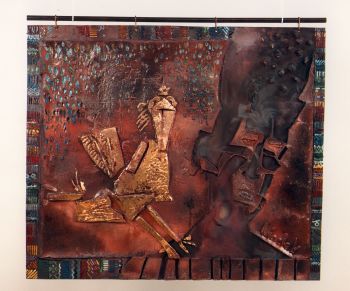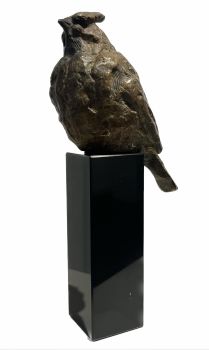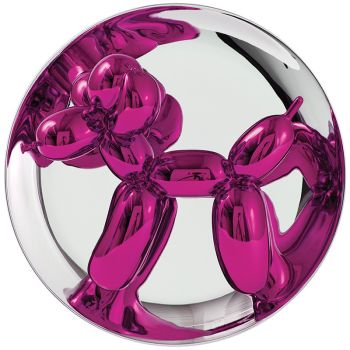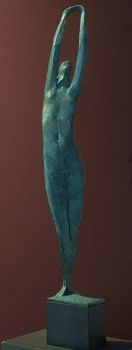About the artist
Arturo Martini (Treviso, 1889-1947) was originally trained as a goldsmith and ceramist. From 1905 he decided to learn how to sculpt with the sculptor Antonio Carlini. He was immediately given the opportunity to exhibit. In 1908 he also studied sculpture with Urbano Nono at the Accademia di Belle Arti di Venezia in Venice. In 1909 he left for Munich as a student of Adolf von Hildebrand, where he came into contact with expressionism. "La Puttana" was also one of his first expressionist works.
He exhibited regularly, especially together with the painter Gino Rossi, with whom he was also good friends. They also exhibited together in Paris at the Salon d'Automne" (1912).
During WWI Martini was employed in a munitions factory where he also learns metal casting.
After the war he broke with the classical movements and was captivated by Avant Gardism. He joined the 'Novecento Italiano' movement in 1926.
In 1931 he took part in the Quadriennale di Roma and received the 'Grand prix' in the sculpture department. As a result, he also received government commissions for monuments and memorials and in 1937 he made the famous large relief "Giustizia Corporativa" for the Palace of Justice in Milan. A work that he later no longer supported.
During that period he started to paint more and more and in 1939 he even temporarily stopped sculpting altogether. After 1941 he made a few more commissioned sculptures. In 1946, he makes his last sculpture 'Palinuro' or 'Bozetto per Palinuro', a monument to a partisan who died young.
His work was traditionally figurative, classicist, expressionist, modernist and avant-garde. His work and style also influenced other great Italian artists such as Marino Marini and Emilio Grecco.
His work is highly appreciated in Italy as well as internationally and is part of several large museum collections. The Kröller-Moller museum has a large sculpture by Arturo Martini in their permanent collection.

